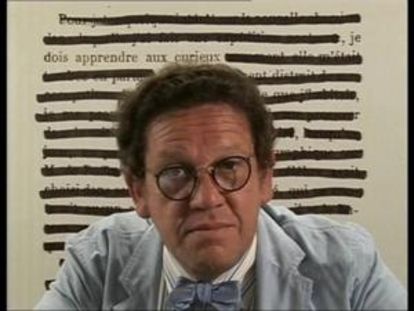
Many complain that the art of XXI century is somewhat a reptition of the art of the earlier 30 years, and that we lack the geniuses of even recent past. But this situation is not very different from the centuries after the Reinassance. Reinassance is an age of giants, when even not so great artists could achieve the highest performances; in the Baroque we have a number of geniuses (Velazqeuz, Caravaggio, Rubens), amidst a very large number of excellent artists that are however not very original; in the XVIII century the average quality of paintings is very high, but the century produced very few outstanding artists; in XIX century, paintings is largely academic and weak, although a number of very fine artists (Ingres, David, Géricault, Friedrich etc.) was produced by this century. Of course, the reason of this sort of decadence is the development of the language of modern paintings, that was tumultuous in the Reinessance and then slowed down - as well as there are only seven notes, and you can compose a large but not infinite number of melodies, there is only a limited number of subjects in painting and in the way to express them. After a century of tumultuous development of the language of art, we are in a phase of settlement, with little innovation because almost everything has been explored. Nonetheless, the quality of the latest art is in my opinion on average very high, although actually often not very innovative. Then, a time will arrive when the meaning itself of art will change, in the same way as in XIX century the meaning of art changed from representation to imagination. Probably we have already some hints of this great change, but we cannot see it: Michelangelo was already a conceptual artidu, but of course nobody could suspect in that time that such ideas would lead to objects trouvés and abstract painting.




